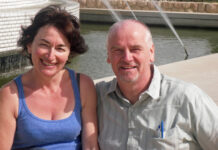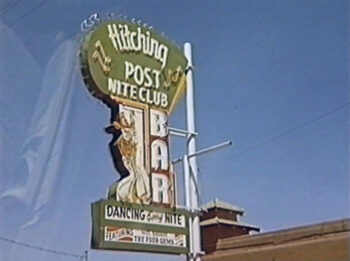
By Brian Nixon —
Just West of Old Town Albuquerque, New Mexico on Central Ave (known as Route 66 in popular culture) sits apartments. What the unsuspecting traveler may not know is that the land the apartments sit upon was once called The Hitching Post where “dancing every nite”—as the sign stated—and cowboy culture collided.
The Hitching Post may not ring a bell to many music enthusiasts, but the name Glen Campbell should.
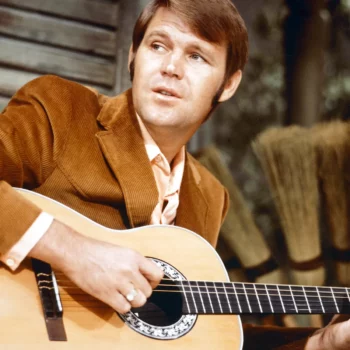
It was at The Hitching Post that Campbell honed his chops playing for his uncle’s western band, The Sandia Mountain Boys. Later, Campbell started his own musical group, The Western Wranglers, performing up and down Route 66.
Campbell moved to Albuquerque, New Mexico in 1954 at age 17, staying until 1960. His next stop—Los Angeles—led him to Elvis and the Beach Boys as a studio musician—and then stardom with a string of hits, helping solidify the California Country Sound, a western version of Laurel Canyon pop (and not to be confused with the Bakersfield Sound popularized by Buck Owens and Merle Haggard).
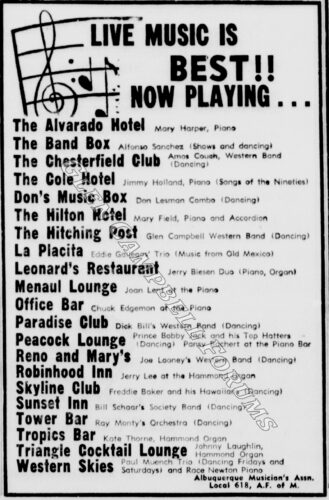
Campbell lived in two separate places in New Mexico—Lindrith, a small mountain town north of Albuquerque, and Albuquerque proper. He played music, lived with a Baptist family (Boytt and Lola Hardy), and performed on the K Circle B Time children’s program on KOB TV.
Years after his meteoric climb on the American charts, Campbell recorded a song in homage to Albuquerque called, “Albuquerque.” Recorded in 1969 on the Diamonds in the Rough TV program and unreleased on an album, the song is about an automobile accident and a miraculous recovery. It begins with the line “’He doesn’t stand a chance,’ I heard the medic say. Then close by my side I heard the chaplain pray. Then just like a miracle the pain faded fast away.”
In a certain sense, Albuquerque is a foreshadow of Campbell’s own life which was turning into a wreck: multiple divorces, drugs, and the consequences of stardom: Did he stand a chance? Eventually, Campbell found Christ, where life’s pain slowly faded.
In an interview, Campbell describes his conversion as “I ran around until He finally caught me…When Jesus Christ says, ‘My load is light,’ He means it’s light. The guilt and burdens and dread…[He] takes it right off your shoulders.”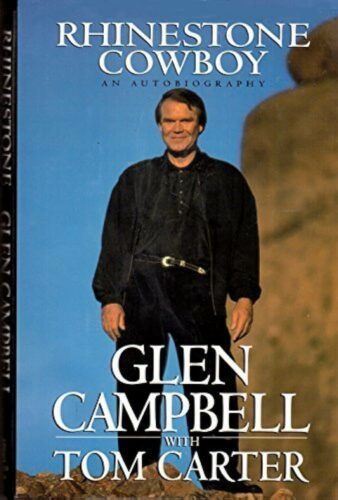
Campbell found freedom. In his book Rhinestone Cowboy, he chronicles his journey to Christ.
In 2010, before he became incapacitated with dementia, Campbell—along with an all-star cast of musicians—recorded his last hit album, Ghost On The Canvas. Many critics deemed it his finest work, several of the songs penned by Campbell himself. In Ghost On The Canvas, Campbell narrates his life in music—love, loss, and longing for heaven. It’s a work of sheer beauty.
In April 2024, a new version of Ghost On The Canvas will be released with a whole new set of musical guests. Titled Glen Campbell Duets: Ghosts on the Canvass Sessions—the album features duets with Sting, Brian Wilson, Carole King, Hope Sandoval (Mazzy Star), Eric Clapton, Dolly Parton, Elton John, X (the puck rock band) and others. The duet with Hope Sandoval—The Long Walk Home—is worth the price alone.
What is evident on both versions of the album is that Campbell’s faith remained strong, even with ongoing suffering (dementia diagnosis). The valleys, mountains, and hills—are all sung about with candor, something Campbell does with great clarity. If Ghosts On The Canvas reminds us of one thing it’s that Christ paints with amazing charity, creating works of art infused with goodness, beauty, and truth.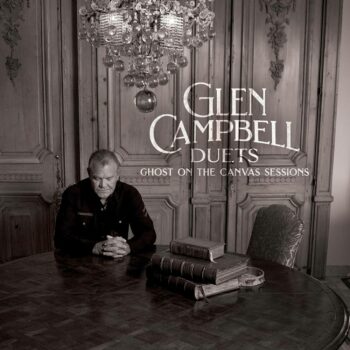
On the streets of Albuquerque, New Mexico Campbell learned the music business, but on the streets of heaven, Campbell must be about the business of music, singing with a choir of angels about God’s amazing love and grace. And maybe—every now and then—he gets to toss in a song of his own, reminding others of his road to redemption.
Glen Campbell Duets: Ghosts On The Canvas Sessions will be released on April 19, 2024.



